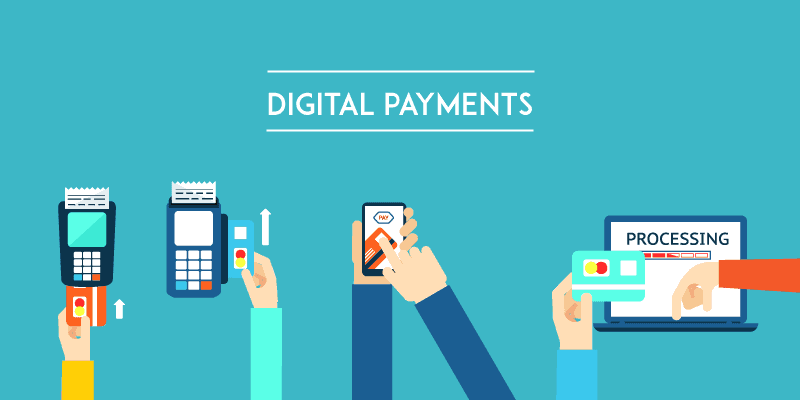Online payment systems are the backbone of e-commerce, enabling smooth and secure transactions between buyers and sellers. With the rapid growth of digital commerce, businesses have increasingly turned to innovative payment solutions to enhance customer experience and operational efficiency. This article delves into case studies of successful online payment implementations, showcasing how companies across various industries have leveraged these systems to achieve remarkable results.
1. Amazon: Pioneering One-Click Payments
Background:
Amazon, the world’s largest online retailer, has consistently been at the forefront of e-commerce innovation. A critical component of its success is the seamless payment experience it offers customers.
Implementation:
Amazon introduced its patented “1-Click” payment system in 1999. This feature allows customers to make purchases with a single click, eliminating the need to re-enter payment information for each transaction.
Outcome:
The 1-Click payment system significantly reduced cart abandonment rates and increased conversion rates. It streamlined the checkout process, making it easier and faster for customers to complete their purchases, thereby enhancing customer satisfaction and loyalty.
Key Takeaway:
Simplifying the payment process can drastically improve customer experience and boost sales. Implementing features like one-click payments can reduce friction and increase conversion rates.
2. Airbnb: Adapting Payments for Global Reach
Background:
Airbnb, a global platform for booking accommodations, needed a robust payment system to handle transactions in multiple currencies and countries.
Implementation:
Airbnb implemented a payment system that supports over 50 currencies and various local payment methods, such as PayPal, Apple Pay, and local bank transfers. They also integrated advanced fraud detection and prevention mechanisms to ensure transaction security.
Outcome:
This comprehensive payment system allowed Airbnb to expand its user base globally, accommodating the payment preferences of users from different regions. The enhanced security features also built trust among users, contributing to the platform’s growth.
Key Takeaway:
For businesses operating on a global scale, it is crucial to offer a versatile payment system that supports multiple currencies and payment methods. Ensuring transaction security is also vital to gaining and maintaining customer trust.
3. Starbucks: Revolutionizing Mobile Payments
Background:
Starbucks aimed to enhance customer convenience and engagement through its mobile payment app.
Implementation:
The Starbucks mobile app allows customers to order and pay ahead, reload their Starbucks Card, and earn rewards points. The app integrates with various payment methods, including credit/debit cards and digital wallets.
Outcome:
The mobile app quickly gained popularity, with millions of active users. It streamlined the payment process, reduced wait times, and increased the frequency of customer visits. The app also provided valuable data on customer preferences and behavior, which Starbucks used to tailor promotions and improve customer experience.
Key Takeaway:
Mobile payment solutions can significantly enhance customer convenience and engagement. Integrating loyalty programs and personalized offers can further boost customer retention and satisfaction.
4. Uber: Innovating Payments in Ride-Hailing
Background:
Uber, a leading ride-hailing service, required an efficient and secure payment system to manage transactions between riders and drivers.
Implementation:
Uber integrated a seamless in-app payment system that automatically charges the user’s preferred payment method at the end of each ride. They also incorporated features like split fares, upfront pricing, and multiple payment options, including digital wallets and credit cards.
Outcome:
The streamlined payment process contributed to Uber’s rapid growth and user adoption. It provided a hassle-free experience for riders and ensured timely payments for drivers. The introduction of features like split fares and upfront pricing further enhanced user convenience and transparency.
Key Takeaway:
A seamless and automatic payment system can significantly improve user experience and operational efficiency. Offering additional features, such as fare splitting and upfront pricing, can add value and attract more users.
5. Shopify: Empowering E-commerce Entrepreneurs
Background:
Shopify, a leading e-commerce platform, sought to provide its merchants with a reliable and efficient payment solution.
Implementation:
Shopify Payments, powered by Stripe, allows merchants to accept payments directly without needing third-party payment providers. It supports multiple payment methods, including credit cards, Apple Pay, and Google Pay. Shopify also provides advanced analytics and fraud detection tools.
Outcome:
Shopify Payments simplified the payment process for merchants, reducing the complexities and fees associated with third-party providers. The built-in analytics and fraud detection tools helped merchants manage their businesses more effectively and securely.
Key Takeaway:
Providing an integrated payment solution can simplify the payment process for merchants and reduce operational costs. Offering additional tools like analytics and fraud detection can further support merchants in managing their businesses efficiently.
Conclusion
Successful online payment implementations are crucial for the growth and sustainability of e-commerce businesses. The case studies of Amazon, Airbnb, Starbucks, Uber, and Shopify highlight the importance of simplifying payment processes, offering versatile payment options, ensuring transaction security, and integrating additional features to enhance customer experience. By adopting these best practices, businesses can improve customer satisfaction, increase conversion rates, and drive growth in the competitive digital marketplace.

